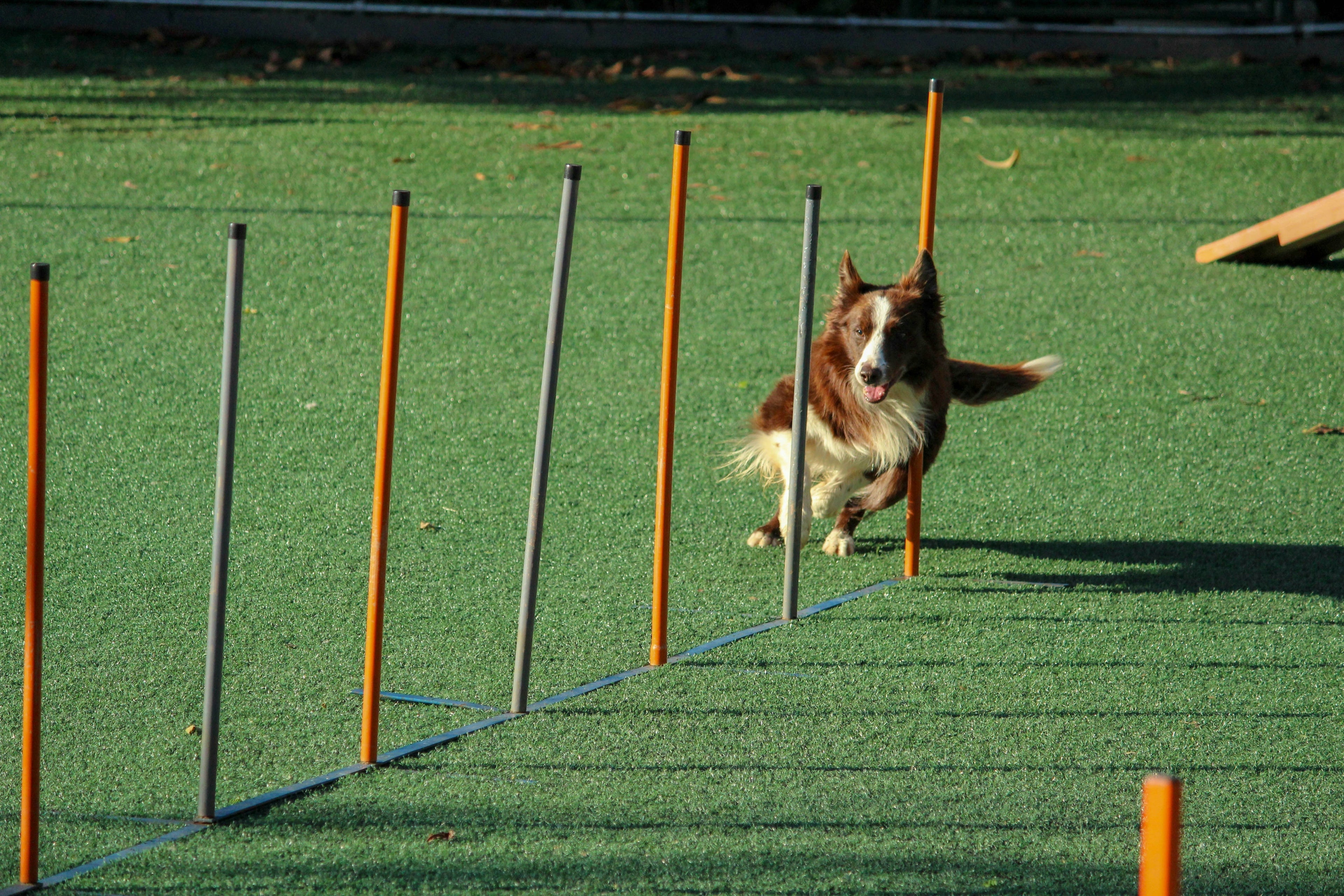🐶 Simple Dog Training at Home That Actually Works
Training your dog doesn’t have to mean hiring an expensive trainer or attending weekly classes. With patience, consistency, and a bit of know-how, you can teach your dog valuable skills right at home—even if you're starting from scratch!
In this blog, we’ll walk through easy and effective dog training methods you can implement at home, even if you’re new to it. Whether your dog is a pup or a senior, these techniques can help you strengthen your bond and improve behavior.
📌 What is the Basic Training for a Dog?
The foundation of good behavior lies in a few essential commands:
- Sit
- Stay
- Come
- Leave it
- Down
These commands build structure and control. Keep training sessions short and fun—about 5 to 10 minutes, 2–3 times a day.
🎯 What is the Easiest Thing to Train a Dog?
Sit is typically the easiest command for most dogs to learn. It’s also a great starting point because it teaches your dog to focus and wait.

✅ What are the Three C’s of Dog Training?
Dog training is most effective when you focus on the 3 C’s:
- Consistency – Use the same command and reward system every time.
- Clarity – Make your expectations simple and easy to understand.
- Confidence – Be calm but assertive so your dog trusts your guidance.
🔄 What is the 7-7-7 Rule in Dog Training?
The 7-7-7 Rule is a socialization method: expose your dog to 7 new people, 7 new environments, and 7 new objects over a short period to build comfort and confidence. It's especially helpful for young puppies or recently adopted dogs.
🧠 What Do the Dog Training Acronyms Mean?
- ABC – Antecedent, Behavior, Consequence: this refers to what causes a behavior, the behavior itself, and what happens after (reward or correction).
- FF – Force-Free: training without punishment or intimidation.
- CTC – Click to Calm: a method using clicker training to reduce anxiety or unwanted behavior.
- R+ – Positive Reinforcement: rewarding good behavior to encourage repetition.
For example, when teaching your dog to use their orthopedic dog bed as a “place” command, say the cue, reward with a treat once your dog obeys, and repeat until they associate the bed with a positive result.

🏠 Home Setup Matters Too
To train effectively, set up a quiet, distraction-free space. Soft background music can help calm an anxious pup. Keep their environment cozy and consistent.
Having a specific space for your dog to relax, such as a comfy dog bed or a spot with a waterproof blanket, also teaches them boundaries during training (like “stay” or “place”).
🐕 What is the 3-3-3 Rule for Dogs?
This rule helps set expectations for adopted dogs:
- 3 days to decompress
- 3 weeks to learn your routine
- 3 months to feel fully at home
Be patient and avoid overwhelming your dog with too much at once.
💡 Extra Tips for Training Success
- Use small, high-reward treats.
- Keep sessions short and end on a positive note.
- Reward every small improvement (R+ works wonders!).
- Stick to one command per session when starting out.
- Stay patient—some dogs learn quicker than others.

🧸 Bonus: Use Training as Bonding Time
Training isn’t just about behavior—it’s about connection. Spending consistent, structured time together builds trust, reduces stress, and helps your dog feel safe and loved.
And remember, every dog is different. Whether you’re teaching sit, stay, or simply helping your pup feel secure with a flea-free collar and a clean, cozy bed sheet blanket, small steps lead to big results over time.
🎉 Final Woofs
You don’t need to be a professional trainer to raise a well-behaved dog. With consistency, rewards, and a lot of love, you’ll see real results. Start with basic commands, set up a calm environment, and don’t forget to reward good behavior.
Explore our comfort-focused products at PawfectFriend.com—from cozy beds to waterproof sheets—to support your dog’s training journey at home.
